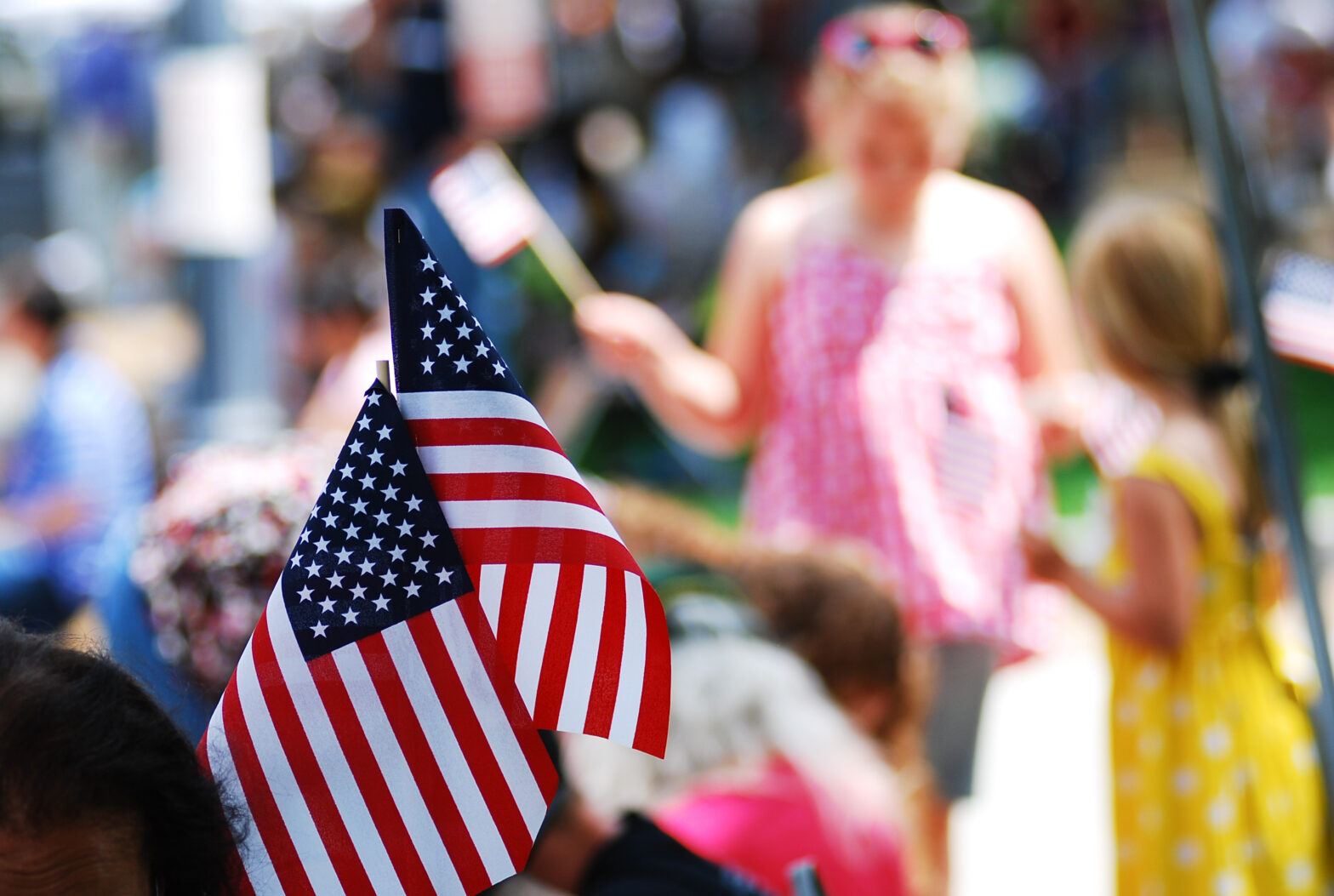As the United States rang in its 249th birthday this July, fireworks weren’t the only thing booming. The heartland economy has, by many markers, been strong for several years, and holidays like the Fourth of July give local economies an extra boost. From packed parades in Iowa to record crowds in downtown Little Rock, the Fourth of July offered a powerful economic jolt to local businesses through increased travel, retail spending and the ever-iconic backyard barbeque.
Celebrating Far and Wide
This year, 86% of Americans planned to celebrate Independence Day, with cookouts and community gatherings. The holiday generated an estimated $8.9 billion in food spending alone, while more than 72 million people traveled over 50 miles from home to mark the occasion. Many flocked to heartland cities where local events, tourism and small businesses reaped substantial rewards from America’s favorite summer holiday.
This impact was felt across the heartland. In Arkansas, Little Rock’s Pops on the River celebration prepared for record-breaking attendance, prompting local restaurants to stock extra food, extend operating hours and bring on additional staff to meet surging holiday demand. Iowa’s Clear Lake welcomed thousands of visitors for its annual Fourth of July festivities, generating more than $10 million in local economic impact. In Michigan, holiday travel surged as families hit the road for lakeside getaways and fireworks displays. Meanwhile, in Arlington, Texas, the state’s largest Independence Day parade drew roughly 75,000 spectators to a mile-long route packed with floats, live music, a pancake breakfast, beer and wine gardens and classic cars—spurring a wave of activity at restaurants, hotels and vendors. And in Tennessee, Nashville once again hosted one of the nation’s biggest fireworks shows, drawing 355,000 attendees – 60% from out of town – filling 30,000 hotel rooms and injecting $17.5 million into the local economy.
Setting the Table
Food and beverage remained major drivers of holiday spending, with Americans investing heavily in celebration essentials. According to the Wells Fargo Agri-Food Institute, the average cost of a cookout for 10 people reached $130 this year – a 2.2% increase from 2024 – driven in part by a 7.4% increase in ground beef prices. In the lead-up to the holiday, Instacart reported sharp increases in sales of classic barbeque staples like canned baked beans, yellow corn and potato salad. Restaurant sales also surged, with hard seltzer sales jumping 40% on the Fourth in 2024 compared to a typical Thursday, and hot dog sales soaring 75%. Whether at home or dining out, Americans’ appetite for cookouts and celebration continued to deliver major returns for food retailers and small businesses throughout the heartland.
Despite the economic boost, Independence Day this year did present a few challenges. With 99% of consumer-grade fireworks imported from China, the country faced tariff impacts earlier this year, some reaching triple digits. This resulted in some price increases, while firework vendors worked to meet demand. According to a survey by Empower, 68% of Americans felt that celebrations were becoming more expensive. While these economic pressures could have added a layer of complexity, they did little to dim the enthusiasm of families eager to gather and celebrate.
As eyes now turn to 2026—America’s 250th birthday which will fall on a Saturday—heartland cities are preparing for what could be the biggest July 4th celebartion yet. With patriotic pride and economic opportunity continuing to go hand in hand, this summer tradition remains not just a celebration of independence, but a powerful engine for local economies across the heartland.

